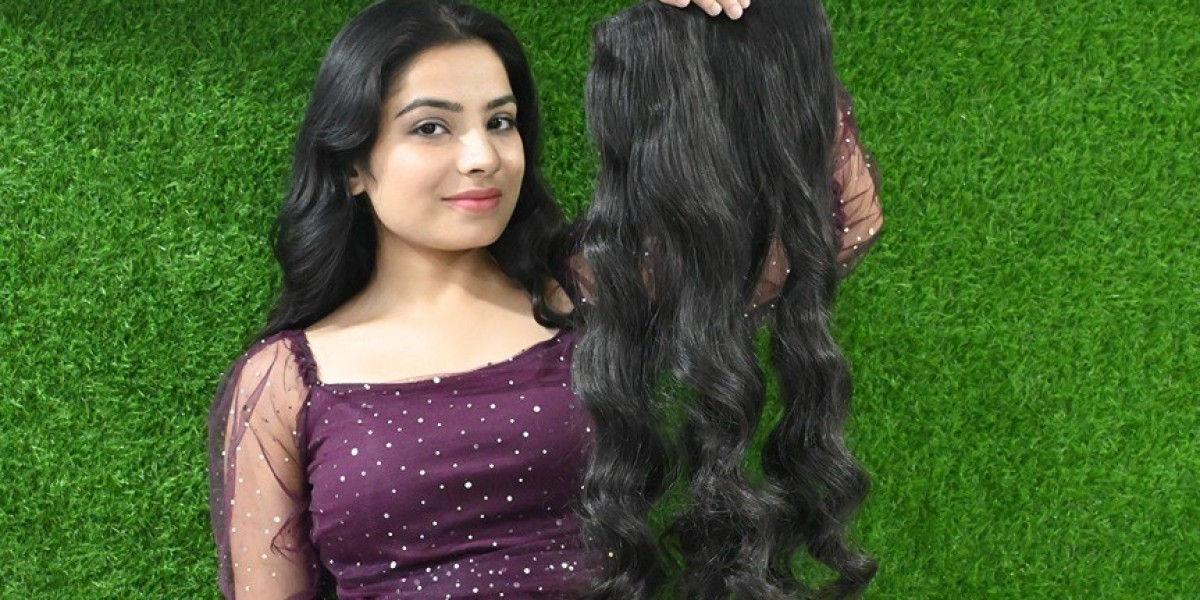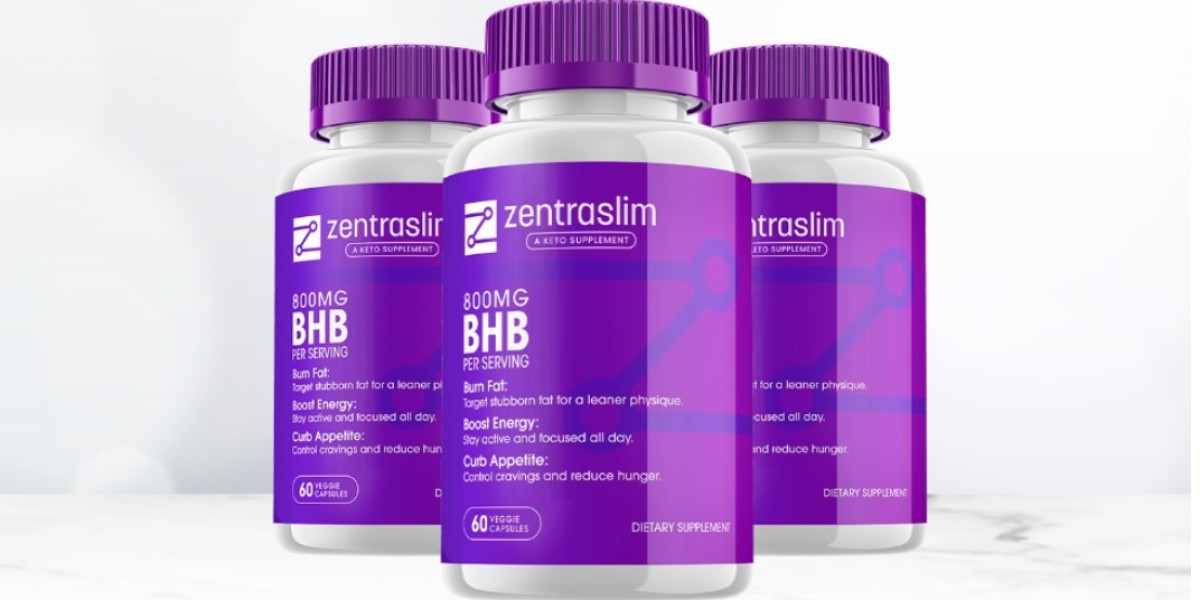When you’re investing in hair extensions—especially in bulk—knowing exactly what you're getting is crucial. “Virgin Indian hair” is one of the most sought-after types on the market, known for its strength, natural luster, and compatibility with a wide range of textures. However, with so many factories and middlemen mislabeling processed hair as virgin, it’s easy to be misled.
So, how can you be sure you're getting real virgin Indian hair and not chemically altered knockoffs? This guide breaks down the key traits, simple tests, and smart buying strategies that help you distinguish the real from the fake.
If you are searching for a Visit to a Hair Extensions Manufacturer in Kentucky, you can connect with Oriental Hair.
What Is Virgin Indian Hair?
Before we jump into testing, it’s important to understand what virgin Indian hair means.
Virgin hair:
Has never been chemically treated (no bleach, perm, relaxers, or dyes)
Comes from a single donor
Has all cuticles aligned in one direction (cuticle-intact)
It is 100% natural in color and texture
Indian origin:
Typically collected from temple donations (especially in South India)
Naturally comes in dark brown or off-black
Known for its fine to medium strands and versatility
Many sellers call their products "virgin" just because the hair is soft and tangle-free—but that doesn't mean it hasn’t been acid-washed, silicone-coated, or mixed with synthetic strands. Here’s how to tell the difference.
1. Check the Source and Collection Method
Authentic virgin Indian hair is usually sourced through temple donations, where women voluntarily shave their heads for religious reasons. The hair is then collected in bundles and preserved carefully to keep cuticles aligned.
Ask your supplier:
Where is the hair sourced from?
Is it collected from temples or multiple random sources?
Is the hair from a single donor?
Reputable suppliers like Oriental Hairs offer transparency in sourcing and will often show videos or documentation of their collection process.
2. Perform the Cuticle Test
The cuticle is the outermost layer of a hair strand. When it's intact and aligned, the hair behaves naturally, meaning less tangling, more shine, and a longer lifespan.
Try this:
Take a strand and run your fingers up and down the shaft.
If it feels smooth in one direction and slightly rough in the other, the cuticle is intact.
If it's smooth both ways, the cuticle may have been stripped.
Cuticle stripping is often a sign that the hair has been chemically treated.
For more information, visit our website: https://orientalhairs.com/
3. Water Absorption Test
Virgin Indian hair is porous, meaning it absorbs water quickly. Processed or synthetic hair tends to repel water or take longer to absorb it.
Do this:
Drop a few strands in a bowl of water.
Virgin hair sinks slowly, absorbing water.
Silicone-coated hair may float or take longer to sink.
This is a quick, visual test you can even do when you receive samples.
4. Smell and Texture Test
Chemically processed hair has a synthetic or “salon” smell from bleach or acid baths. Virgin hair smells like natural human hair, sometimes even earthy, due to minimal washing.
Run your fingers through:
Virgin Indian hair will feel soft, slightly coarse, and natural.
Processed hair often feels slippery or unnaturally silky because of silicone coating.
After washing a bundle a few times, fake virgin hair will lose its shine and start to tangle. True virgin Indian hair will retain texture and bounce.
5. Perform a Burn Test (With Caution)
This is best done with a few strands only.
Burn a few hairs with a lighter.
Virgin human hair burns slowly, smells like burning protein (similar to burning feathers), and turns to ash.
Synthetic or mixed hair melts, smells like plastic, and forms a hard bead.
This is one of the most definitive ways to determine authenticity, but do it safely and sparingly.
6. Dye Test for Color Responsiveness
Virgin Indian hair can be bleached or dyed with ease because it hasn’t been treated or coated.
Test a strand with:
Box dye or developer
If it lifts color evenly, it’s real.
If it resists dye or the color is patchy, it may be coated or mixed
Professional stylists prefer virgin Indian hair for this reason—it’s perfect for custom coloring and ombré treatments.
7. Ask for Sample Orders
Any supplier that claims to offer virgin Indian hair should be confident in providing samples. A sample order allows you to:
Test hair with water and heat
Check for tangling, shedding, and quality consistency.
Wash and style to see how it reacts.
Use this as your "trial run" before placing large orders. It’s a smart investment that can save you thousands later.
Are you searching for Visit Hair Extensions Suppliers in Amroha? You can connect with Hair Arena.
8. Examine the Weft Quality
Virgin hair is usually machine-wefted or hand-tied without shortcuts. Check for:
Tight, secure stitching
Minimal flyaways
No excessive glue or visible knots
Poor wefting can cause shedding, even if the hair quality is good.
9. Ask for Proof of Factory or Processing
A reputable supplier won’t shy away from showing you:
Videos or photos of the hair being washed and sorted
Their workspace, staff, or raw bundles
Certifications or documents proving ethical sourcing
Companies like Oriental Hairs often post their behind-the-scenes process online for transparency and client trust.
10. Trust Reviews from Stylists and Bulk Buyers
Read or watch testimonials from other salon professionals, wig makers, and wholesale buyers. If the supplier is consistently delivering high-quality virgin hair, it will show in their customer feedback.
Check for reviews that mention:
Consistent batch quality
Repeated orders over time
How well the hair held up after coloring, styling, and washing
For more information, visit our website: https://hairarena.in/
Final Thoughts
There’s a reason virgin Indian hair is considered top-tier in the global extensions market—when it’s real, it offers unbeatable longevity, softness, and style versatility. But the rise of fake or processed hair means you must be a smart buyer.
To recap:
Ask the right questions.
Test thoroughly
Order samples
Verify factory and sourcing claims.
Whether you’re a salon owner, wholesaler, or launching a private label, your reputation depends on the hair you sell. Knowing how to spot authentic virgin Indian hair will help you build trust, retain customers, and scale your business with confidence.
Follow these links as well.
https://hairarena3.blogspot.com/2025/03/hair-arena-your-ultimate-destination.html
https://realmadridperipheral.com/read-blog/9354








